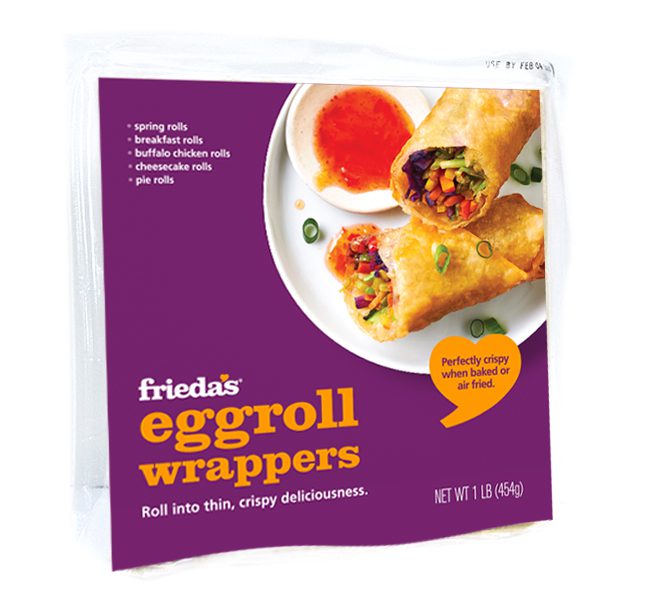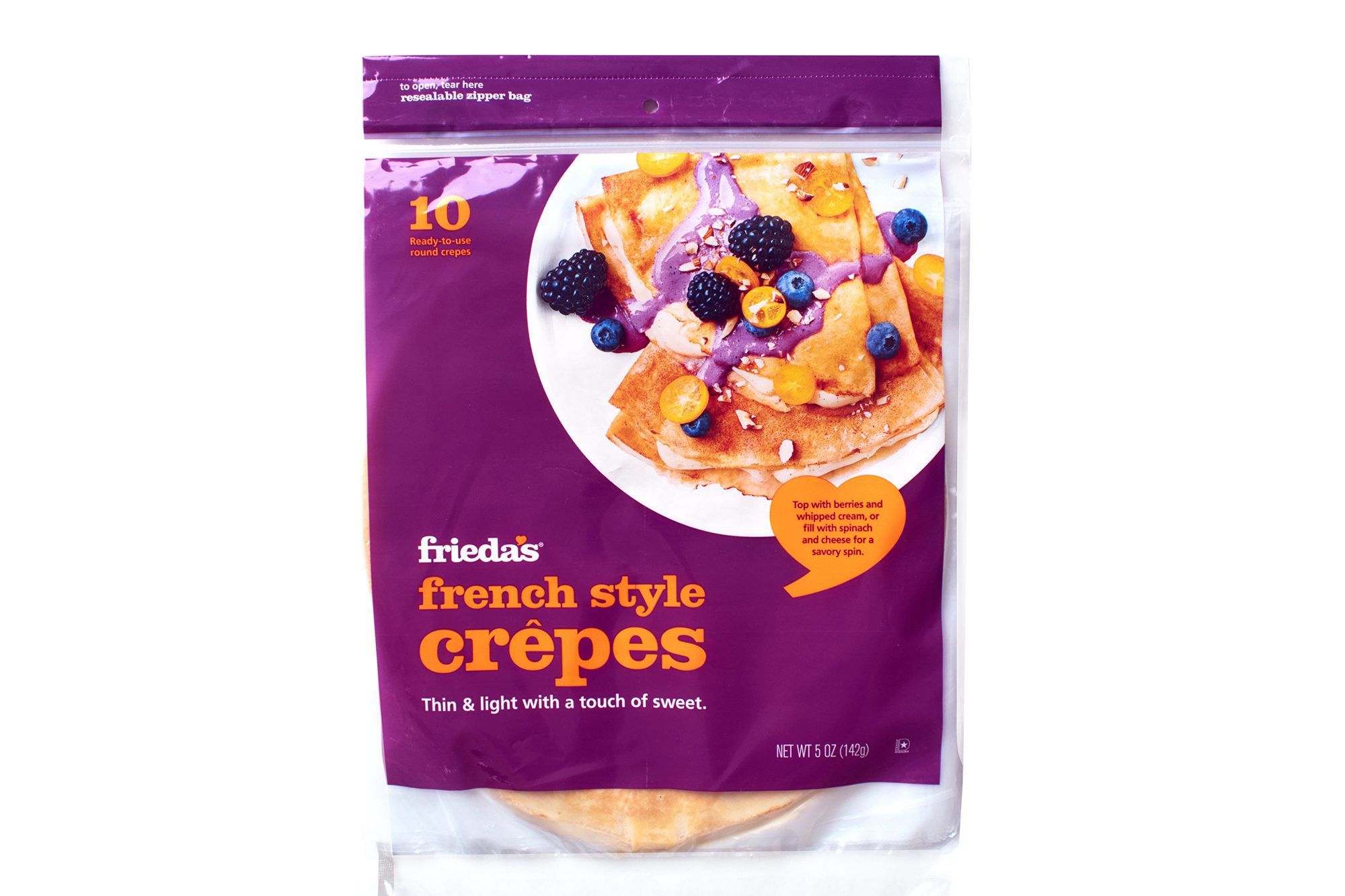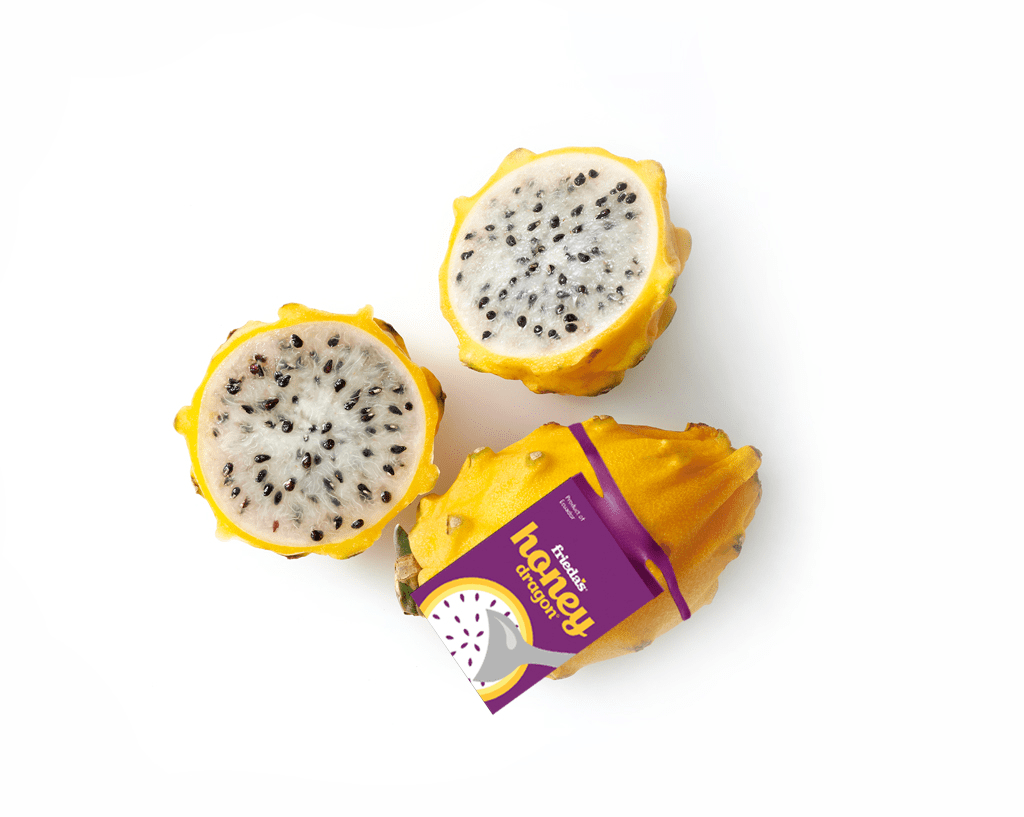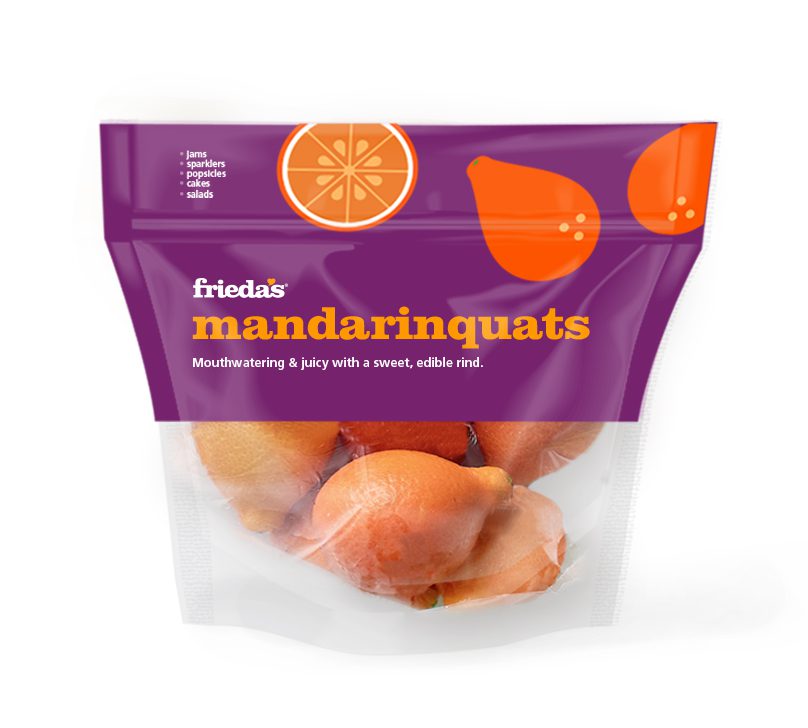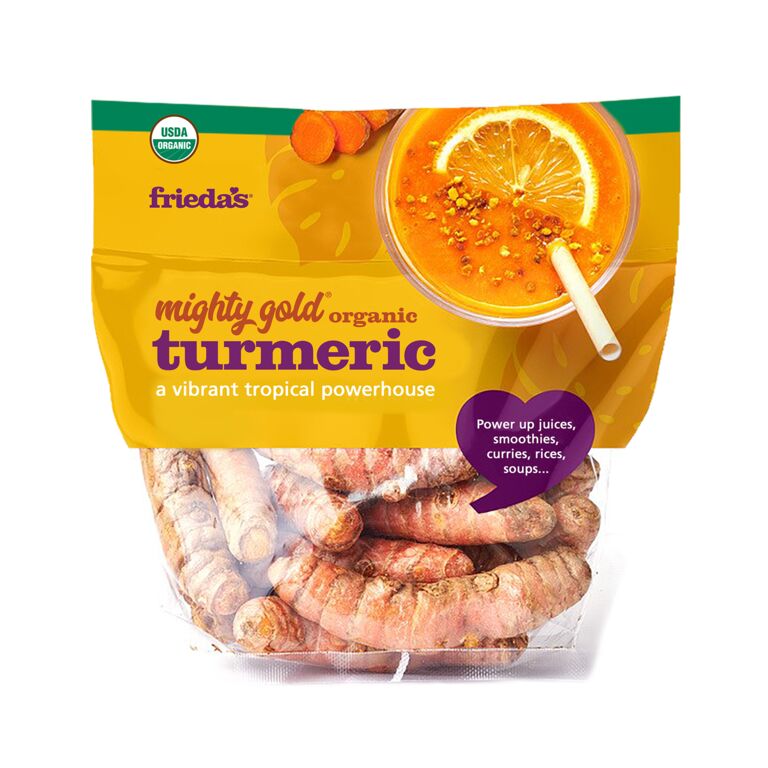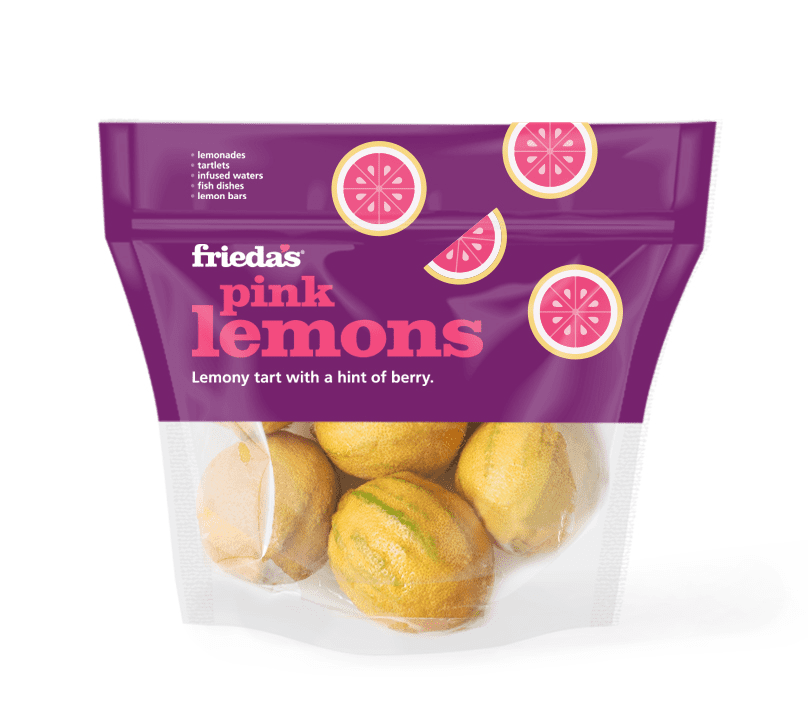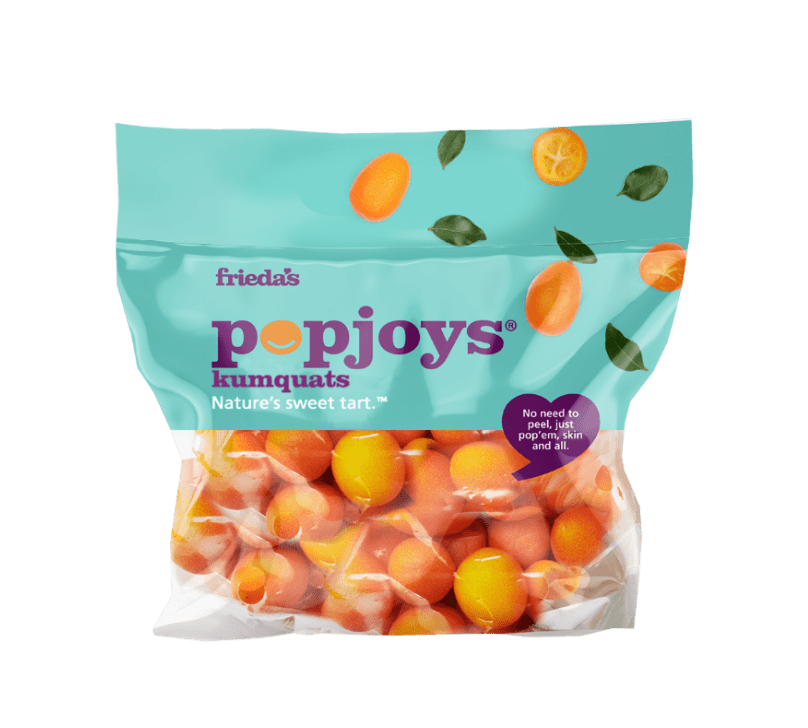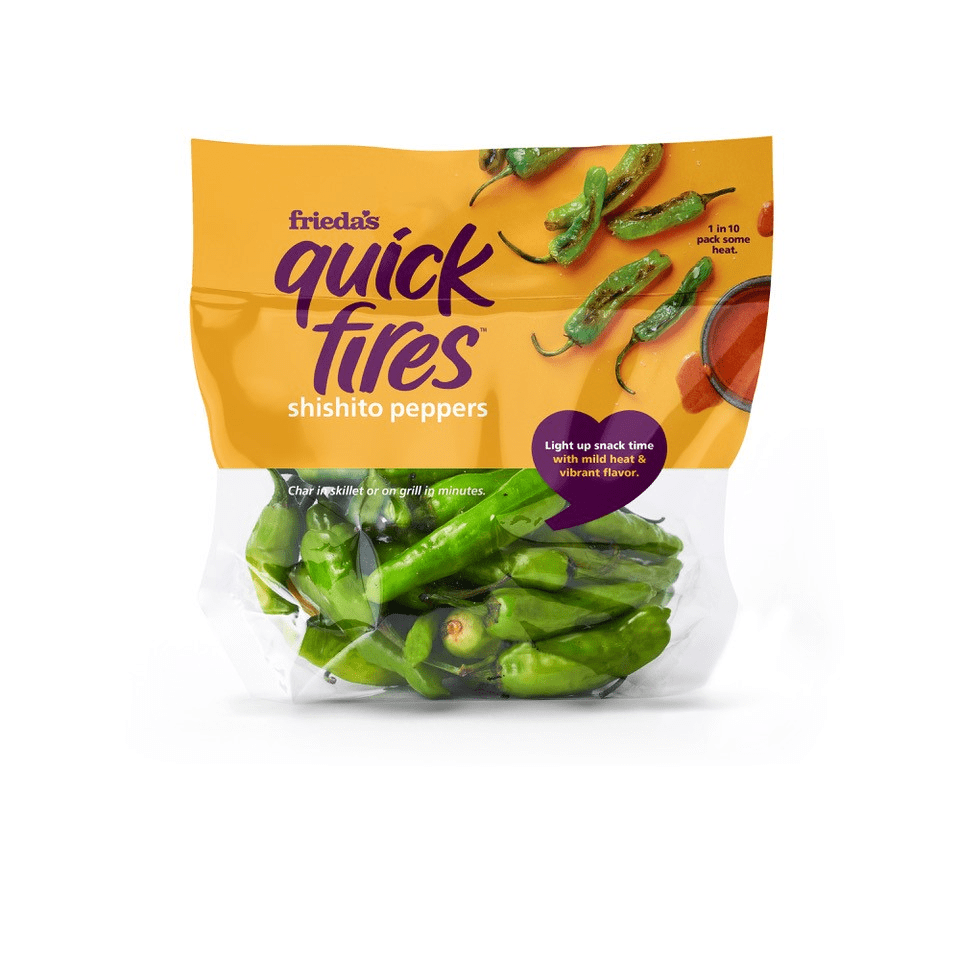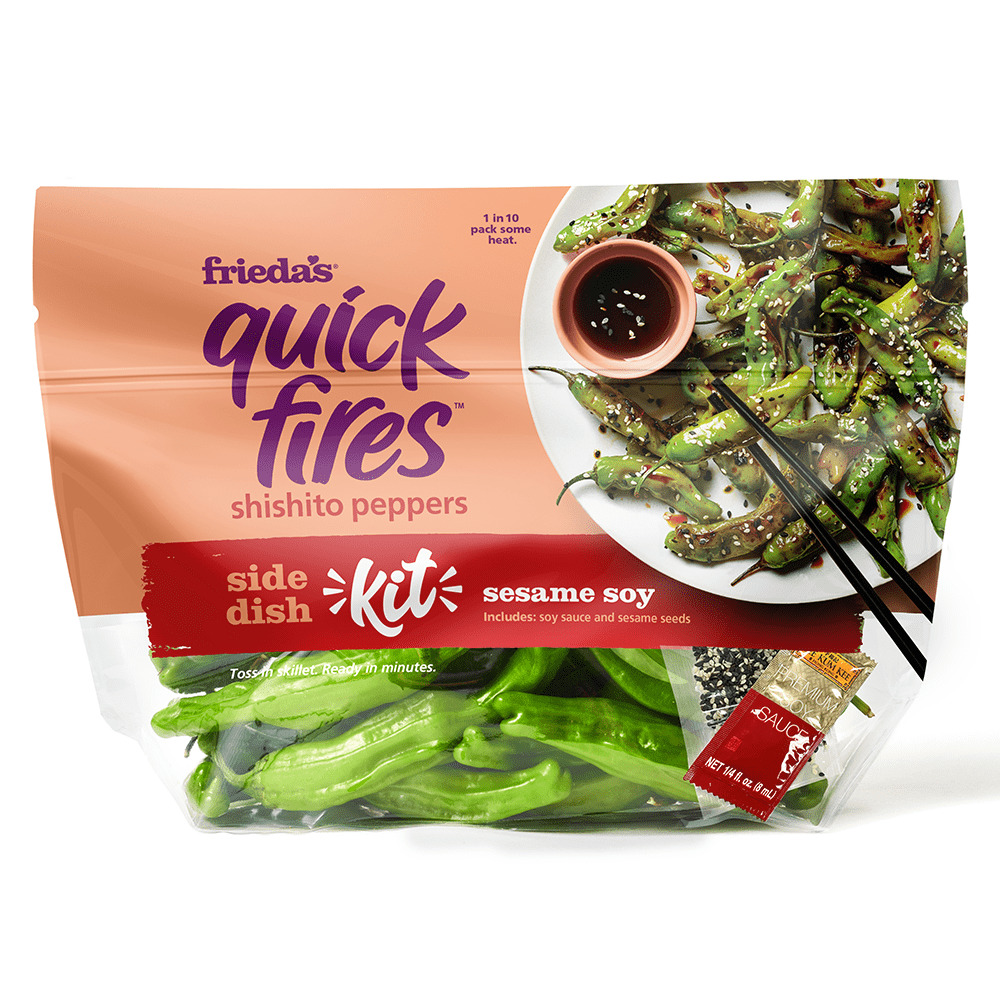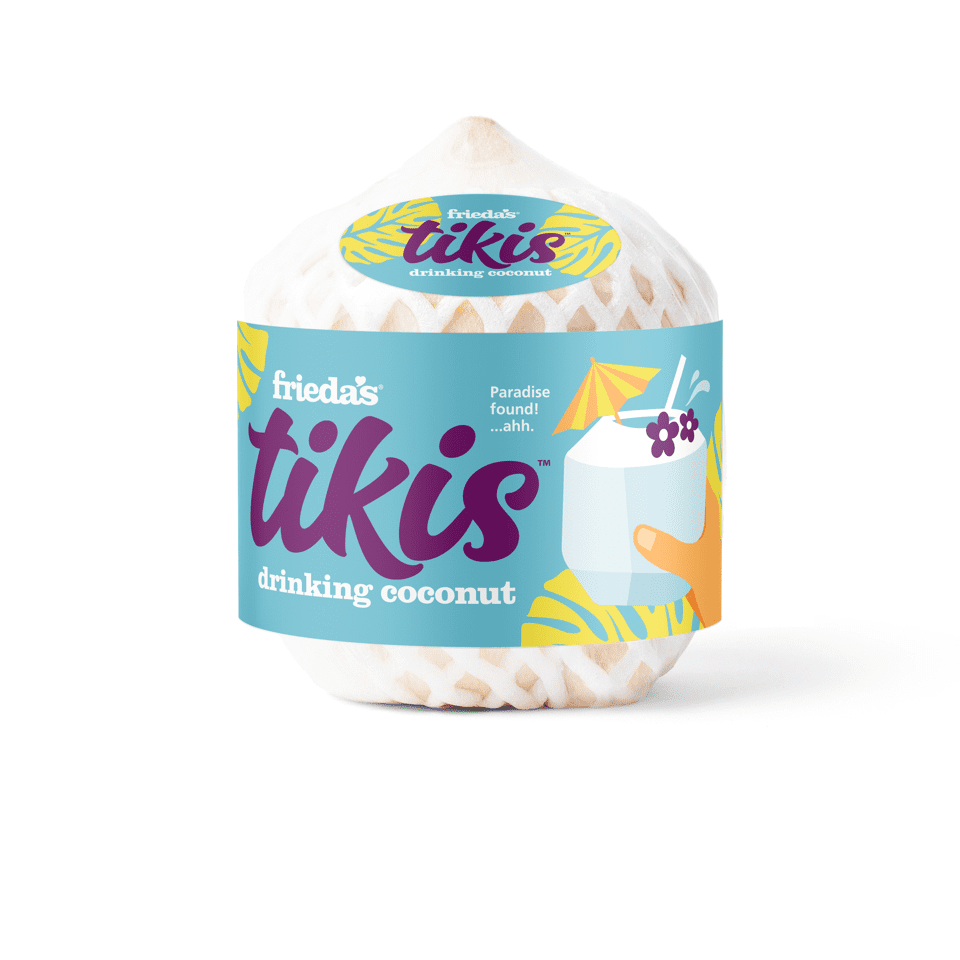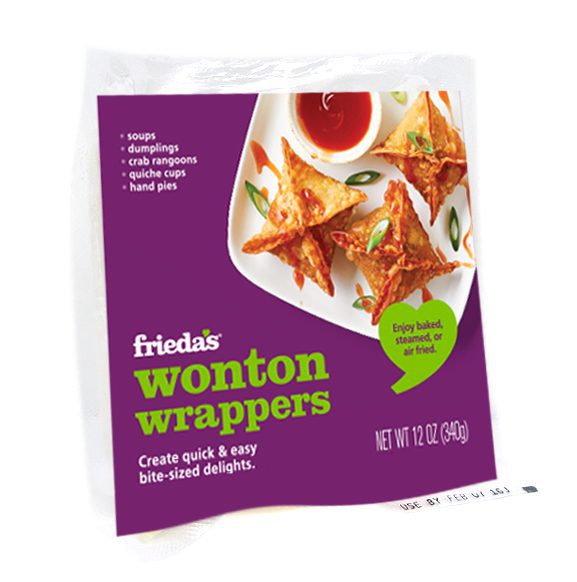“Why are blueberries the only blue fruit or vegetable?” That’s the email I got from my friend, Steve.
So I did a little research. Yes, blueberries are the only blue fruit. However, there is a blue vegetable: Blue corn. And if you are open minded, there is a purple potato variety called “All Blue.”
That’s the simple answer to Steve’s question.
But what I find interesting is that dark-colored fruits and veggies, in general, are richer in micronutrients and more nutritionally dense. So, any fruits or veggies that are dark red, blue, or purple are power-packed with nutrition, in addition to tasting great.
If we use the color blue loosely, and include those that are purplish-colored, too, that list gets a lot longer: “Blue” fruits include blackberries, blueberries, black currants, elderberries, purple figs, purple grapes, black olives, plums, dried plums and raisins. Blue vegetables include the purple varieties of asparagus, Belgian endive, cabbage, carrot, eggplant, potatoes, wax beans, purple snap peas, peppers, black salsify and others.
It’s no secret that nutrition authorities recommend a diet that has a wide range of colors. Each fruit and veggie may contain a “little bit of this, and a little bit of that” in terms of micronutrients, vitamins, minerals, etc.
Here’s a fun list of fruits and veggies by color on one of the best websites for produce: http://www.fruitsandveggiesmorematters.org/?page_id=1600
After you complete your tour of the produce department on your next shopping trip, look at your grocery cart. Do you have a good representation of the produce rainbow? For your green lettuce salad, did you add some tomatoes, red and yellow peppers, carrots and cucumbers to the mix?
For fruit snacks, did you include kiwifruit (green), strawberries (red), bananas (white), grapes (red, green or blue) and mangos (yellow)?
Not only is this a good idea nutritionally, it’s a lot more interesting to look at.
Eat your colorful produce!
Karen


